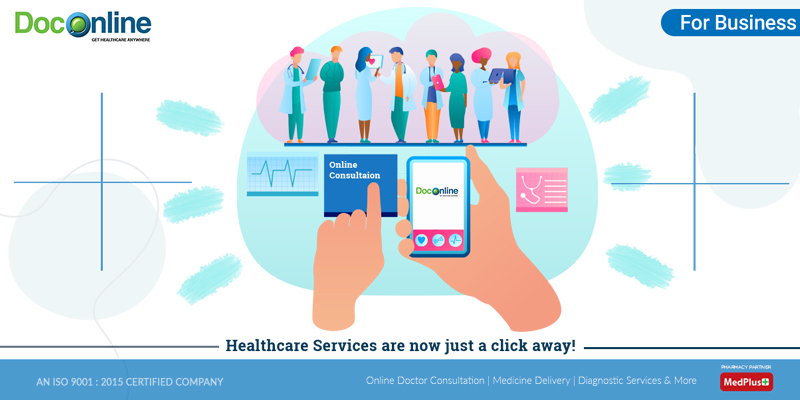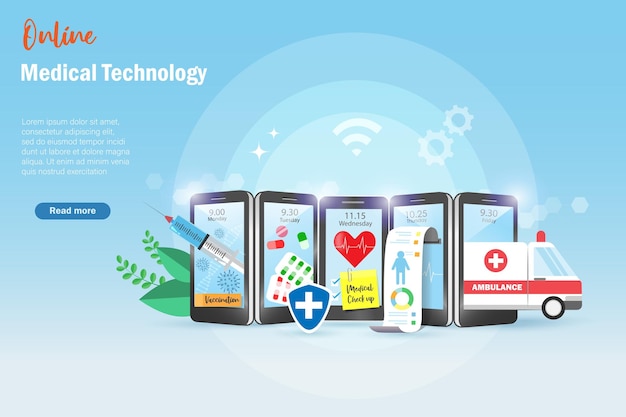Just How Subscription-Based Health Care Is Changing the Medical Sector

The Increase of Membership Health Care
Over the last few years, the health care sector has actually witnessed a significant shift towards subscription-based models, reflecting broader consumer trends preferring ease and predictability. This transformation is driven by the increasing need for even more obtainable and tailored treatment services. Membership healthcare, sometimes described as attendant medicine or direct health care, uses individuals a fixed monthly cost for an array of medical services, dramatically modifying standard fee-for-service designs.
The rise of registration health care is helped with by improvements in modern technology, which allow structured interaction in between clients and suppliers - subscription based healthcare. Digital systems and telehealth services have actually ended up being essential, supplying individuals the ability to set up appointments, accessibility medical documents, and obtain consultations online. This technical combination not just enhances person interaction yet likewise permits companies to supply much more reliable care
Additionally, the registration version straightens with the advancing assumptions of patients that look for even more control over their healthcare costs and experiences. While this design is getting traction, its expansion deals with challenges such as regulatory hurdles and the necessity for broader approval within the typical medical care ecological community.
Advantages for People and Providers
Subscription-based medical care provides a wide variety of advantages for both service providers and people, reshaping the dynamics of medical treatment. For people, this version provides improved access to health care solutions.
For medical care suppliers, subscription-based models cultivate a more sustainable and gratifying method. Management tasks are often structured, decreasing overhanging expenses and permitting companies to dedicate more time to person interaction. On the whole, subscription-based health care aligns the rewards of patients and suppliers, promoting a much more reliable and patient-centered healthcare distribution system.
Key Features of the Design
Often, the vital features of the subscription-based healthcare design emphasize its distinctive strategy to delivering medical services. Central to this design is the idea of foreseeable, month-to-month settlements, offering patients a detailed variety of solutions without the changability of typical fee-for-service structures. This model typically includes unrestricted accessibility to main treatment solutions, precautionary care, and routine examinations, making sure that individuals can involve with their doctor proactively as opposed to reactively.
In addition, straight interaction channels, such as telemedicine and messaging platforms, are emphasized, allowing patients to obtain prompt recommendations and appointments without requiring in-person visits. This improves ease of access and convenience, particularly for people with wheelchair restrictions or those living in remote areas. The version likewise promotes stronger doctor-patient partnerships, as doctor are incentivized to concentrate on long-term wellness results instead of short-term brows through.
In addition, subscription-based health care usually incorporates technical technologies, such as electronic wellness records and health and wellness monitoring click site apps, to provide personalized and efficient care. People benefit from collaborated and continuous care monitoring, which is customized to their certain health and wellness requirements. Inevitably, these attributes jointly develop a patient-centered health care experience, focusing on availability, price openness, and preventive care.

Obstacles and Factors To Consider
While the subscription-based healthcare model offers numerous advantages, it is not without its difficulties and factors to consider. One substantial difficulty is ensuring equitable gain access to. Subscription designs might unintentionally prefer those with higher socioeconomic condition, potentially widening differences in health care gain access to for lower-income individuals who may battle with month-to-month fees. This elevates moral problems concerning inclusivity and equity in medical care shipment.
One more challenge lies in governing compliance. Subscription-based medical care has to browse a complicated web of laws that vary by region, consisting of concerns around person discretion, data defense, and state licensing needs. Ensuring compliance without impeding the design's versatility and technology can be daunting hop over to here for providers.
In addition, there is the danger of overutilization or underutilization of services. Individuals paying a fixed cost may overuse services, bring about increased functional costs, while others may underutilize because of fear of straining the system, potentially overlooking required treatment.
Future Potential Customers and Innovations
The landscape of subscription-based healthcare is poised for improvement via arising advancements and evolving leads. As important link technology proceeds to breakthrough, the integration of expert system and maker discovering provides substantial chances to boost diagnostic accuracy and streamline client management. Predictive analytics can revolutionize preventive treatment by recognizing possible wellness dangers before they show up, therefore lowering both expenses and the burden on healthcare systems.
Moreover, telemedicine is readied to increase within subscription designs, offering clients boosted access to medical care professionals despite geographical restraints. This not just assists in continuity of care yet also empowers patients to engage even more actively in their wellness monitoring. Additionally, blockchain innovation supplies potential in protecting client data and guaranteeing interoperability across platforms, fostering count on and transparency.
Partnerships in between technology firms and healthcare carriers are likely to generate ingenious services, improving person experiences and outcomes. As these potential customers emerge, subscription-based healthcare has the prospective to redefine just how treatment is delivered and accessed.
Conclusion
Subscription-based health care is changing the clinical market by supplying an extra accessible, predictable, and patient-centered technique to medical services. Regardless of challenges such as governing obstacles and potential variations in accessibility, the registration model holds pledge for an extra tailored and reliable health care experience.
Registration medical care, in some cases referred to as attendant medication or direct primary care, supplies people a fixed regular monthly charge for an array of medical services, substantially changing conventional fee-for-service versions.
Furthermore, the membership model straightens with the advancing assumptions of individuals who seek more control over their medical care costs and experiences. For clients, this model gives improved accessibility to health care solutions. Generally, subscription-based healthcare aligns the motivations of suppliers and individuals, promoting an extra patient-centered and reliable health care distribution system.
Furthermore, telemedicine is set to broaden within registration designs, offering clients raised accessibility to healthcare professionals regardless of geographical constraints. - subscription based healthcare